Samsung ISOCELL is the company's new camera sensor brand name

But we can also see here that Samsung is putting a greater focus on its camera sensor business than before: apart from the new branding, the company also revealed that it's going to manufacture sensors in four different categories: ISOCELL Bright, Fast, Slim, and Dual, each one suited for a specific manufacturing need.
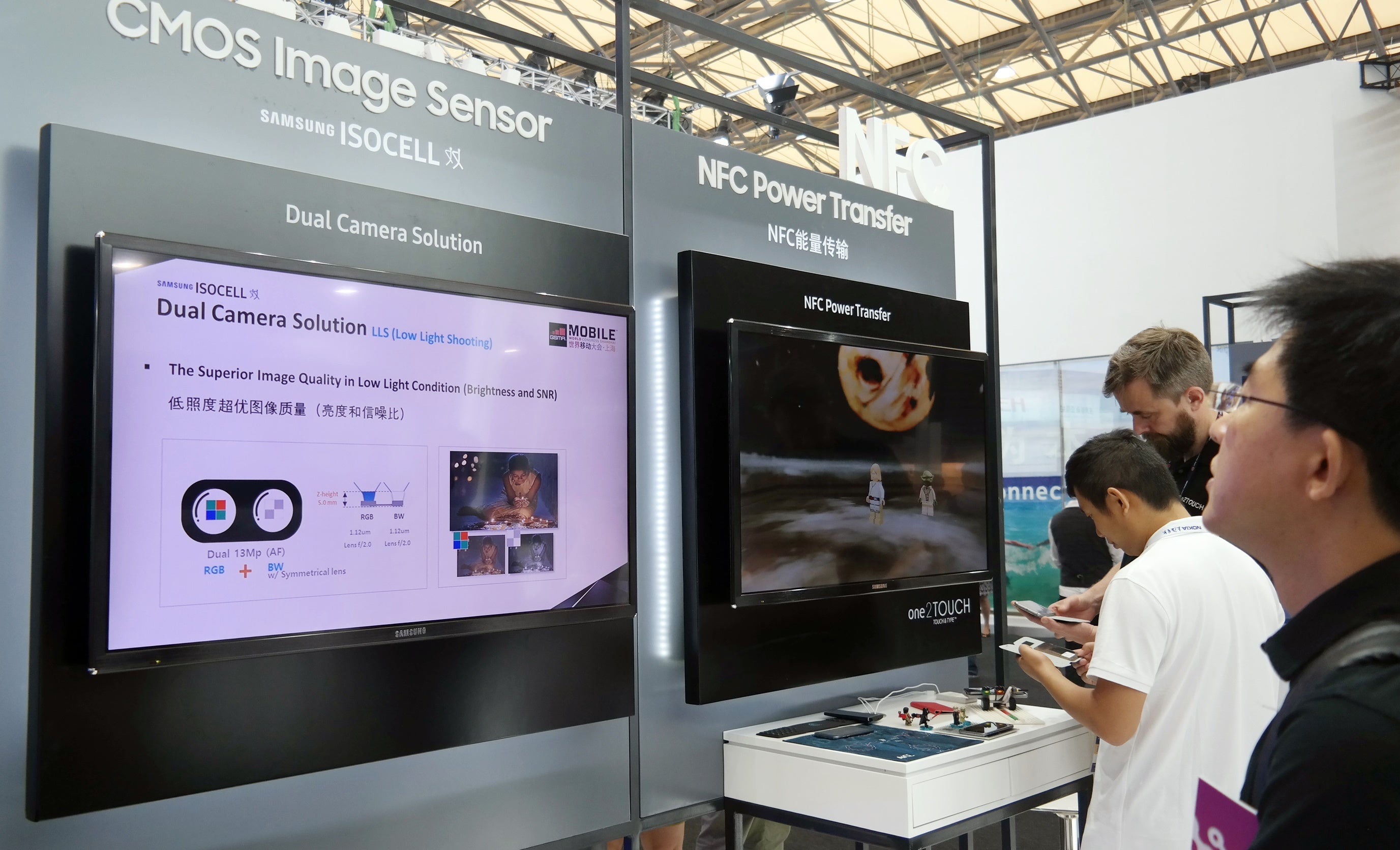
The last of the four, ISOCELL Dual, seems to be the most interesting of the bunch, though. According to the many leaks we've heard in the past few months, Samsung's smartphones will soon jump on the dual camera train like most of their competitors, starting with the Galaxy C10 and Galaxy Note 8. And given the fact that Samsung likes to put its own sensors into its devices, it's more than likely the newly-announced ISOCELL solution will be making its way to future Galaxy smartphones.
Samsung's new dual-camera branding will also be available in multiple configurations, like for example the most common one found in Android devices: a monochrome sensor paired with a colored one. Of course, that doesn't necessarily mean anything regarding Samsung's own phones, as its sensors are used in phones manufactured by rival companies, not just its own.
As for the rest of the sub-brands, we have some details regarding their respective use cases, too. ISOCELL Bright will be the flagship sensor, offering better low-light performance with less noise. ISOCELL Fast will offer fast autofocus, even in poor lighting. And lastly, ISOCELL Slim is pretty much what you imagine – small sensors designed so as not to obstruct a device's visual style (e.g. camera humps).
And if you're asking yourself what all of this has to do with your everyday consumer – admittedly, not that much. However, the attention Samsung has been giving its latest new brand leads us to believe we'll soon start seeing devices using it in their marketing, and thus enter the public eye. And as for what the technology that bears the same name actually is, we have a brief explainer on ISOCELL, as well as comparison shots between a Galaxy S7 using such a sensor and one equipped with a Sony-made one.
source: Samsung




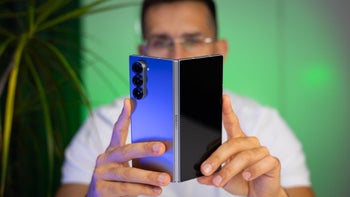
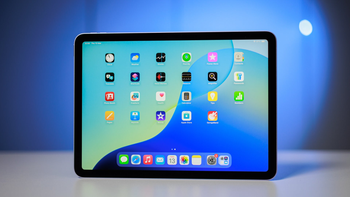
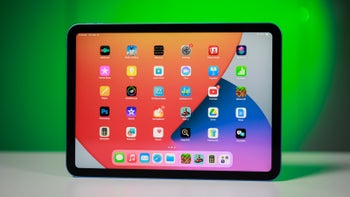
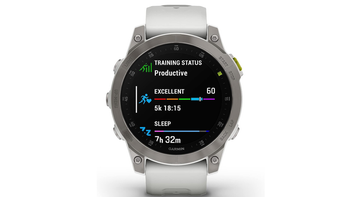
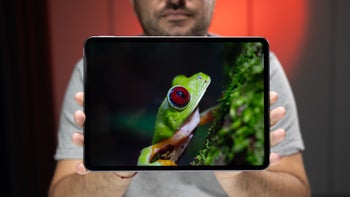
Things that are NOT allowed: